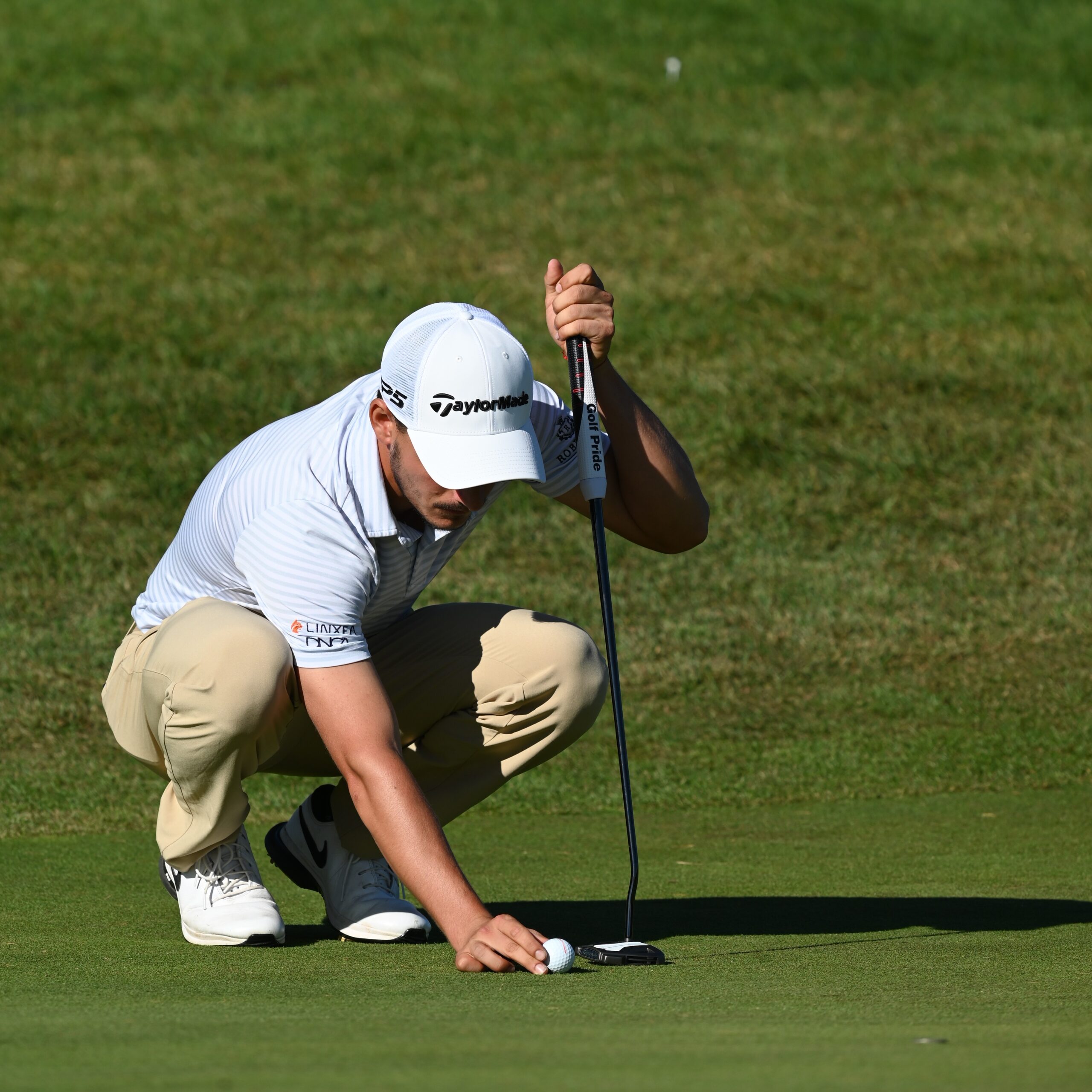Reading greens is a cornerstone of great putting, but it’s also one of the most misunderstood aspects of the game. Many players fail to grasp the true line of a putt because they rely too heavily on visual cues that can be deceptive. Here, we’ll break down the process of reading putts into five essential steps, helping you transform your perception and performance on the green.
The Problem with Visual Perception
One of the biggest challenges in putting is the disconnect between what golfers see and what actually happens. A scratch golfer may look at a putt and suggest aiming “two cups out,” but this estimate often falls short. In one example, a putt required an aim almost two feet out—double what the player initially thought—because the slope and break were more significant than they appeared.
This problem stems from focusing too much on the break near the hole rather than considering the entire path of the putt. Gravity and green contours exert their influence throughout the roll, and players who don’t account for these factors often miss low.
Understanding the True Apex
Many golfers rely on the concept of the “apex,” believing it’s the highest point of the ball’s curve midway to the hole. This is a misconception. The true apex happens at the moment of impact. If the ball isn’t on the correct line right off the face of the putter, it will fall low immediately, making recovery impossible.
Misjudging the apex often leads golfers to under-read the break. They then try to compensate by pulling or pushing their putts above the perceived line. This creates inconsistent strokes and erodes confidence over time.
Training Your Perception
The key to mastering green reading is to retrain how you see and understand the line of a putt. Use tools like alignment sticks or strings to establish the correct starting line during practice. For example, if a putt requires an aim two feet out, set the string along this line to help you visualize it. Seeing the correct line in practice builds the trust you need to execute it confidently during play.
Instead of looking for the apex, focus on the entire arc of the putt. Visualize the ball’s journey, from the moment it leaves the putter face to the point it drops into the hole. This holistic approach helps you appreciate the full effect of slope and speed, making it easier to read breaks accurately.
Practicing Wider Lines
During practice, challenge yourself to aim wider than you normally would. This exercise recalibrates your internal sense of break, helping you recognize when your initial instincts are too conservative. Set markers along the intended path to confirm the accuracy of your aim and observe how the ball responds.
By experimenting with exaggerated lines, you’ll gain a better understanding of how slopes affect the roll of the ball. Over time, this practice will refine your ability to judge the true line in real-time situations.
Committing to the Line
Confidence is key to successful putting. Once you’ve determined the correct line, commit to it fully. Doubt and hesitation often lead to poor strokes and missed opportunities. Trust the process you’ve practiced and execute with focus and conviction.
A great way to reinforce commitment is to establish a consistent pre-putt routine. This could include rehearsing the putt’s rhythm or stepping aside to visualize the line one last time before addressing the ball. When you commit to the line and stroke, you’ll notice an immediate improvement in both accuracy and confidence.
Conclusion
Reading putts effectively requires a blend of accurate perception, practice, and commitment. By understanding the true nature of breaks and focusing on the complete path of the putt, you can eliminate common mistakes and build a stronger short game. Remember that the apex is not halfway to the hole—it starts at the moment of impact. With consistent practice and attention to these five steps, you’ll gain the clarity and confidence needed to sink more putts and lower your scores.




